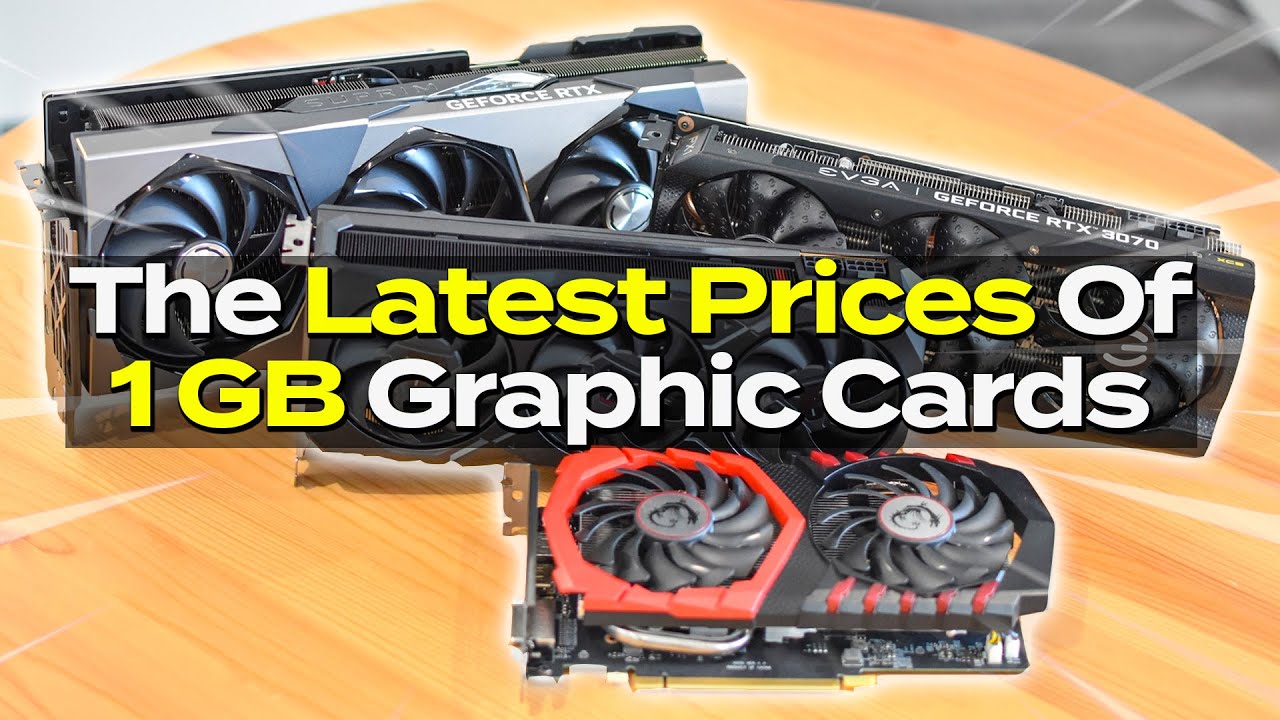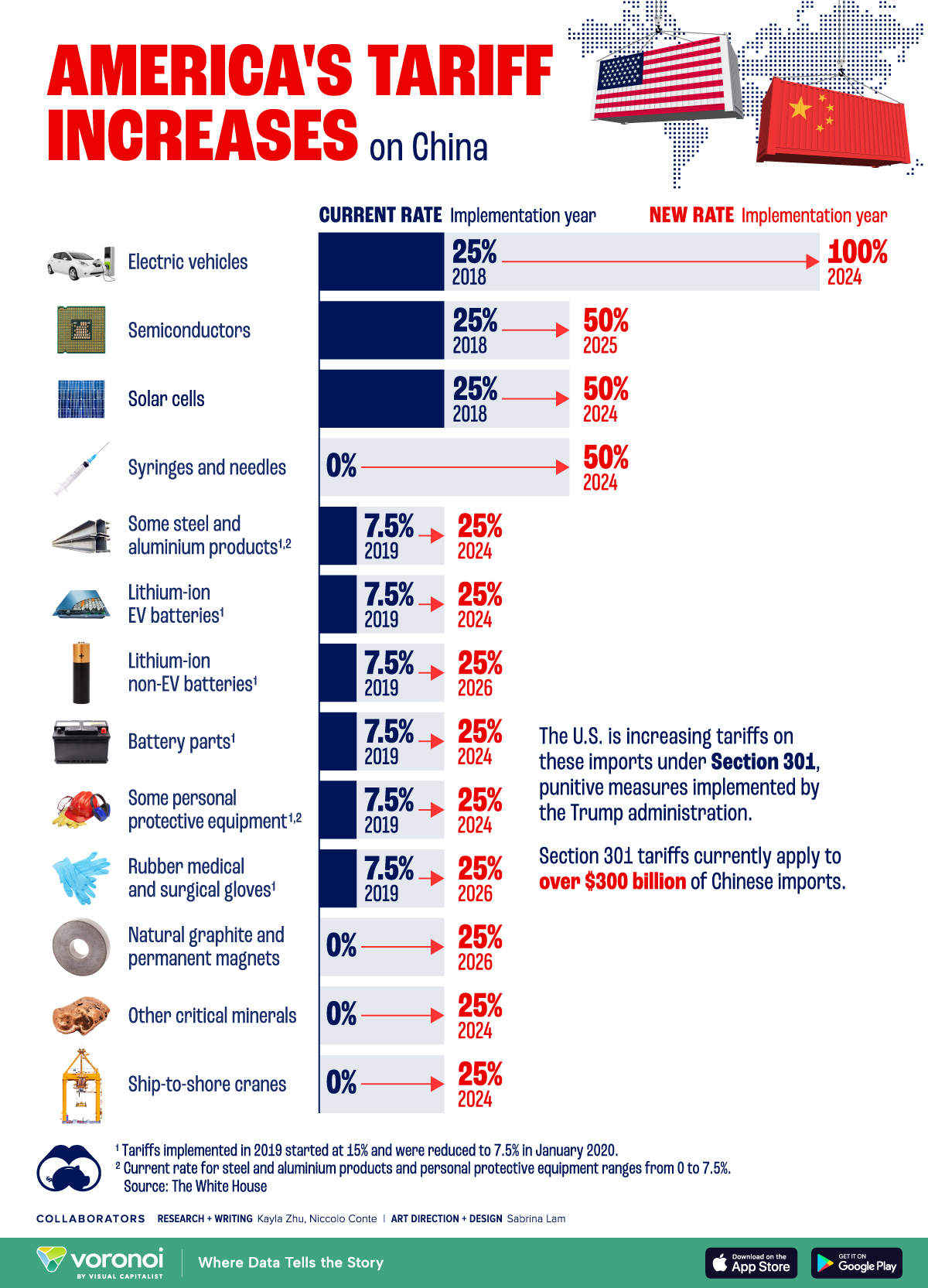Understanding The Current GPU Market: High Prices And Potential Solutions

Table of Contents
Factors Contributing to High GPU Prices
Several intertwined factors have contributed to the current state of the GPU market, resulting in significantly inflated prices for consumers and businesses alike.
Increased Demand
The demand for GPUs has exploded in recent years, driven by several key factors. The gaming industry, constantly pushing graphical boundaries, has seen a massive surge in popularity, particularly with the release of graphically demanding titles such as Cyberpunk 2077 and recent AAA releases. This increased interest in high-fidelity gaming directly translates into a higher demand for powerful GPUs. Simultaneously, the cryptocurrency mining boom, particularly with the rise of Ethereum and other GPU-intensive cryptocurrencies, created an artificial surge in demand, further exacerbating the problem. Finally, the growing field of artificial intelligence and machine learning requires significant computing power, adding another layer to the already high demand for GPUs.
- Gaming: The release of new consoles and high-resolution gaming monitors has fuelled the demand for high-end GPUs.
- Cryptocurrency Mining: The profitability of mining certain cryptocurrencies using GPUs caused a massive surge in demand, often outpacing supply.
- AI/Machine Learning: The rapid advancement in AI and ML applications requires powerful GPUs for training complex algorithms.
Supply Chain Disruptions
The global semiconductor industry has been severely impacted by supply chain disruptions in recent years. The COVID-19 pandemic caused factory closures, logistical bottlenecks, and a shortage of raw materials, significantly impacting GPU production. The reliance on complex global supply chains, susceptible to geopolitical instability and natural disasters, has further compounded these issues. The scarcity of essential raw materials, such as silicon wafers, has also played a crucial role in limiting GPU production.
- Factory Closures: Pandemic-related lockdowns and subsequent labor shortages significantly reduced manufacturing capacity.
- Shipping Delays: Global shipping congestion and container shortages have led to delays in the delivery of components and finished products.
- Raw Material Scarcity: A shortage of key materials, such as silicon, has constrained the overall production of semiconductors.
Scalpers and Resellers
The high demand and limited supply have created a breeding ground for scalpers and resellers who exploit the situation for profit. Using bots and automated purchasing systems, they buy up large quantities of GPUs at retail prices and then resell them at significantly inflated prices on secondary markets. This artificial scarcity further drives up prices and makes it difficult for legitimate consumers to access GPUs at reasonable costs.
- Automated Purchasing: Bots and sophisticated software allow scalpers to bypass normal purchasing limits and acquire large quantities of GPUs.
- Secondary Market Inflation: Resellers profit from the scarcity by selling GPUs far above their recommended retail price.
- Solutions: Increased regulation of online marketplaces, improved anti-bot technologies, and stricter manufacturer policies are needed to combat scalping.
Increased Manufacturing Costs
The cost of manufacturing GPUs has also increased significantly in recent years. This is driven by factors like inflation, rising energy costs, and the increasing complexity of GPU manufacturing processes. The development of more advanced GPUs requires substantial investments in research and development, leading to higher production costs that are eventually passed on to consumers.
- Inflation: Rising costs of raw materials, labor, and energy directly impact manufacturing costs.
- Technological Advancement: The development of more powerful GPUs with increased transistor counts and advanced features leads to higher production costs.
- Global Economic Factors: Geopolitical instability and trade wars further contribute to rising manufacturing costs.
Potential Solutions for Addressing High GPU Prices
Addressing the high GPU prices requires a multi-pronged approach involving government intervention, increased production capacity, the exploration of alternative technologies, and responsible consumer behavior.
Government Intervention
Governments can play a significant role in mitigating the issues plaguing the GPU market. This could involve implementing stricter regulations against scalping and price gouging, and potentially providing subsidies or incentives to encourage domestic GPU manufacturing and reduce reliance on foreign suppliers.
Increased Production Capacity
GPU manufacturers need to invest heavily in increasing their production capacity to meet the growing global demand. This includes investing in new manufacturing facilities, adopting advanced manufacturing technologies, and optimizing their supply chains to minimize disruptions.
Alternative Technologies
Exploring alternative technologies that reduce reliance on GPUs for certain applications can ease pressure on the market. Cloud computing, for instance, provides access to powerful computing resources without requiring individual GPU purchases. The development and adoption of open-source GPU designs and fostering competition in the market could also contribute to driving down prices.
Consumer Awareness and Responsible Purchasing
Consumers play a vital role in mitigating the impact of scalpers. By being aware of the realities of the GPU market, avoiding scalpers, and purchasing from reputable retailers, consumers can contribute to a fairer and more stable market.
Conclusion
The current GPU market is characterized by high prices stemming from a confluence of increased demand, supply chain disruptions, scalping activities, and increased manufacturing costs. Addressing this requires a combination of government regulation, increased production capacity by manufacturers, exploration of alternative technologies, and responsible consumer behavior. By understanding the complexities of the current GPU market, and by being informed consumers, we can navigate these challenges and hopefully see a return to more reasonable GPU prices in the future.

Featured Posts
-
 Red Sox Offseason Strategy Addressing The O Neill Departure In 2025
Apr 28, 2025
Red Sox Offseason Strategy Addressing The O Neill Departure In 2025
Apr 28, 2025 -
 Yankees Vs Royals 2000 Posadas Crucial Home Run
Apr 28, 2025
Yankees Vs Royals 2000 Posadas Crucial Home Run
Apr 28, 2025 -
 Chaos And Confusion Before Shooting Lapd Releases Videos Of Weezer Bassists Wife Incident
Apr 28, 2025
Chaos And Confusion Before Shooting Lapd Releases Videos Of Weezer Bassists Wife Incident
Apr 28, 2025 -
 Graphics Card Prices The Latest Trends And Predictions
Apr 28, 2025
Graphics Card Prices The Latest Trends And Predictions
Apr 28, 2025 -
 Us China Trade War Partial Tariff Relief For American Products
Apr 28, 2025
Us China Trade War Partial Tariff Relief For American Products
Apr 28, 2025
